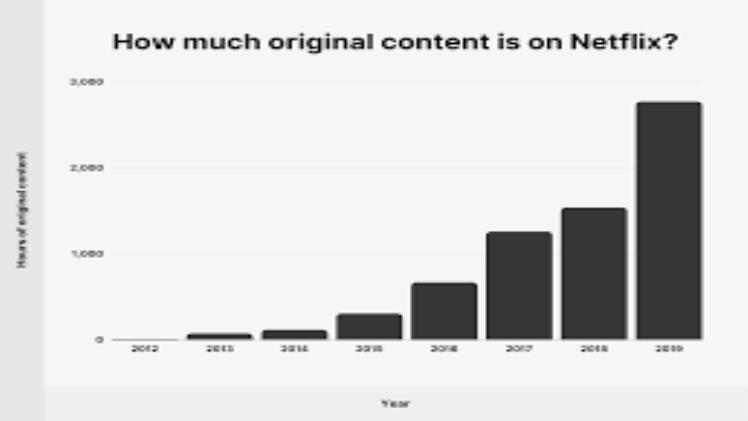Streaming Services and the Growth of Original Content Production by Providers Like Netflix

Streaming Services and the Growth of Original Content Production
With broadband Internet penetration rates reaching large areas across America, streaming services have seen an explosive rise in their availability. These platforms offer television shows, movies, music albums and other forms of media as stand-alone online entertainment options at lower costs than cable or satellite TV services. These options provide viewers with a cost-effective alternative to cable or satellite TV subscriptions.
There are various streaming services, such as Netflix, Hulu, Amazon Prime Video, Apple TV and Sling. Each offers a selection of programming and may charge a monthly fee with commercials included. Some like YouTube don’t produce or rent any material; rather they host user-generated content which can be accessed for free via web browser on mobile device.
These services offer an expansive library of movies and TV shows that can be streamed to virtually any device with an internet connection. The key to gaining subscribers is providing captivating original content.
It’s no secret that many consumers are subscribing to Netflix, Hulu or Amazon for the content in their libraries. However, these companies are also striving to stand out by producing original programs of their own accord. As a result, original content has become an increasingly important source of revenue for these service providers.
This strategy has enabled them to expand their libraries and retain a large subscriber base, but at a price: original content is costly to create.
Netflix’ success in this space has served as a motivator for other streaming providers who have since increased their efforts in creating and distributing original content. According to Media Play News’ study, 8877 original titles were available on US streaming platforms as of July 1.
These streaming services primarily generate revenue through subscriptions to their library, advertising (usually targeted towards specific regions or audiences), and licensing deals with brands. The latter is the most lucrative type of deal as streaming services have complete control over content production and global distribution.
Additionally, content creators have the option to license it out for merchandising, theme parks and other forms of economic exploitation. With shows like Stranger Things, which became an international hit after being licensed to various theme-park attractions worldwide – this opens up new avenues for economic exploitation.
These strategies have not only benefited subscribers and local economies, but they have also revolutionized how global streaming platforms are engaging with new markets. Ms Walsh points out that in certain parts of Asia such as India or Pakistan, subscription-based streaming platforms have sought to collaborate with a range of local content – often through partnerships with television networks.
Another trend in global streaming is that these services are emphasizing a wider variety of voices, particularly non-Western perspectives and genres. This shift has been motivated by the desire to reach younger viewers, creating opportunities for diversity in film and television programming.